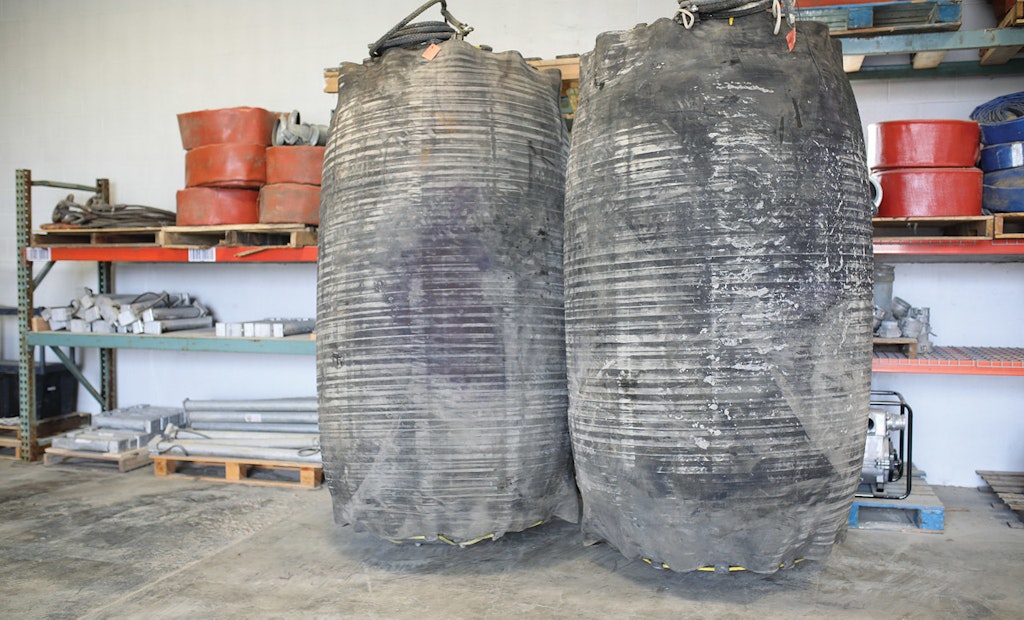Contractor uses pneumatic pipe plugs to meet extremely high head pressures
Problem:
As part of a project that lasted a year and a half, The Metropolitan Water Reclamation District of Greater Chicago performed structure rehabilitation and pipelining along 175th Street and...






